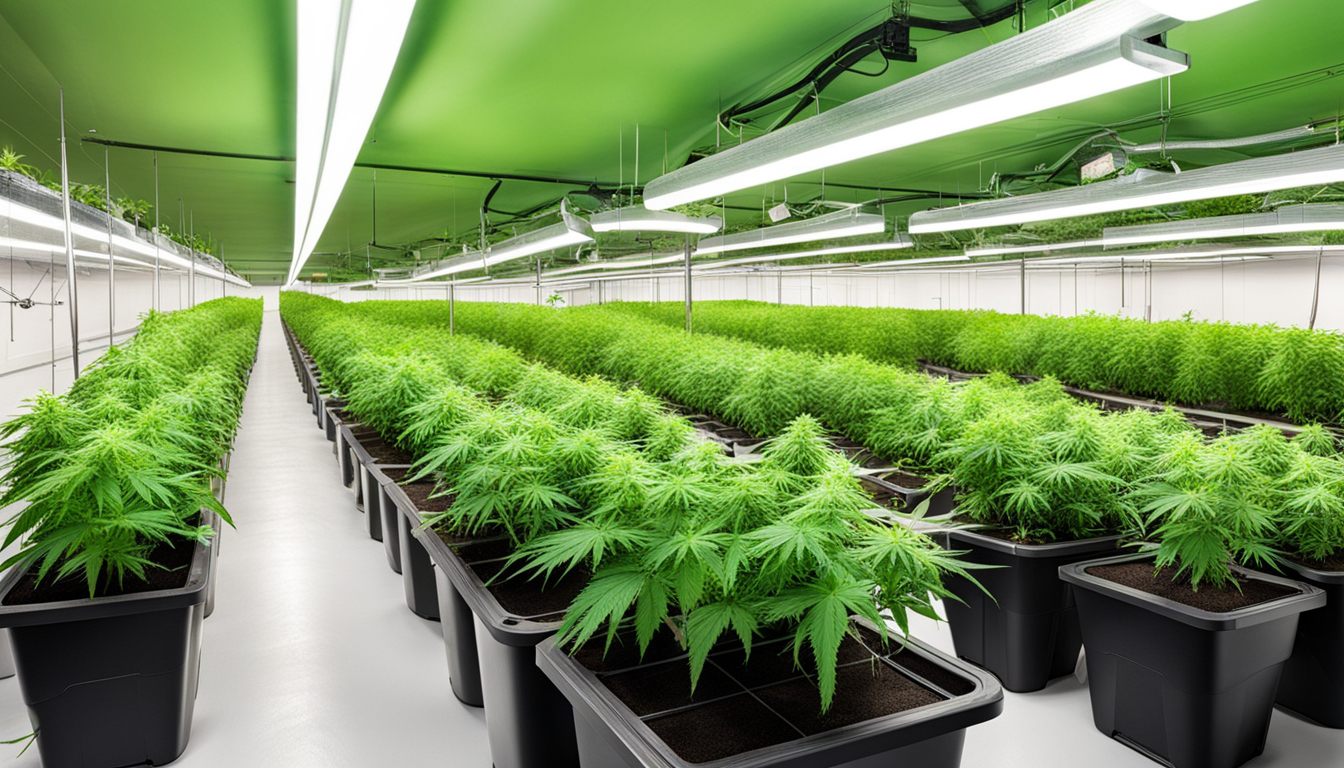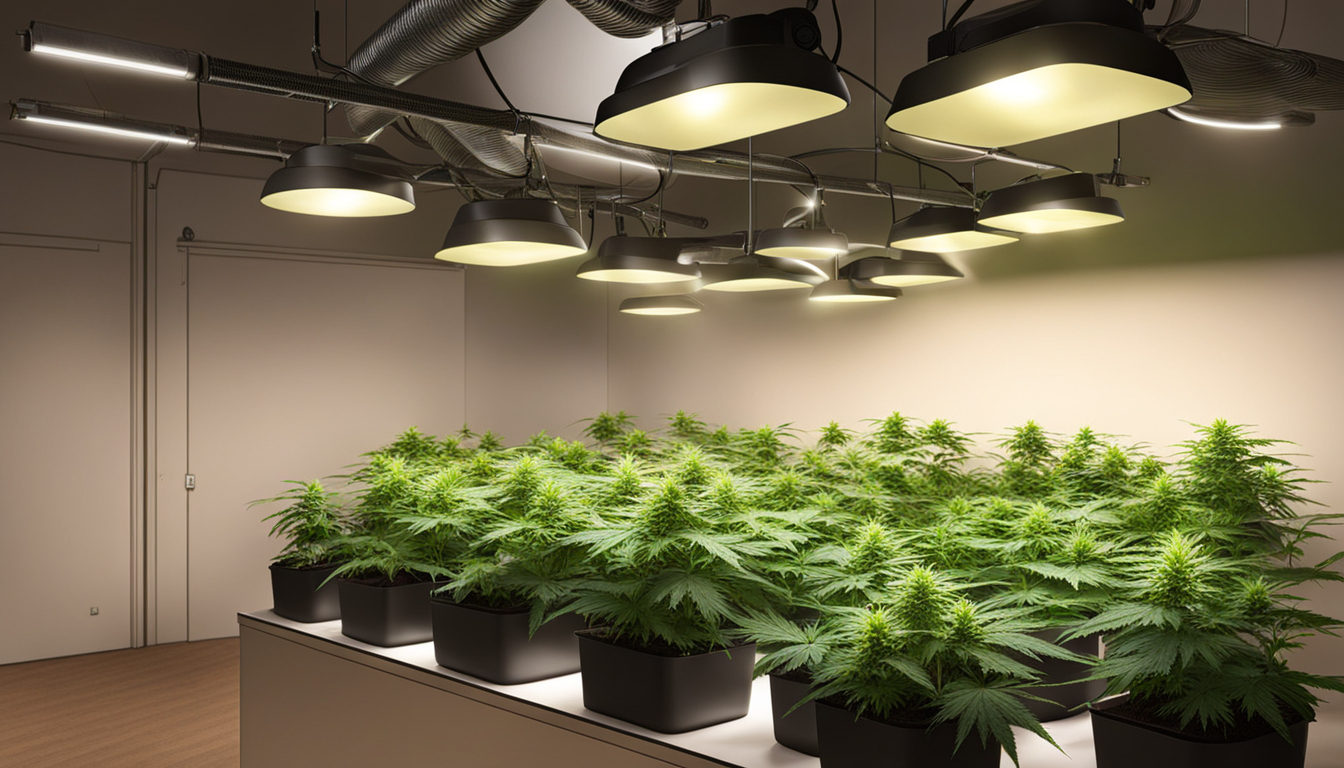
Whether you're just starting out with cannabis cultivation or looking to improve your existing crop, following this complete guide will help you produce bountiful, high-quality yields right at home. With the right supplies, techniques, and care, growing marijuana indoors can be an extremely productive and cost-effective endeavor.
Choosing Cannabis Strains
The first step in planning your indoor grow is selecting the right marijuana cultivars to produce. The three main types of cannabis plants each have their own characteristics.
Sativas
Known for their invigorating intellectual effects, these strains spread tall and slender with narrow leaves. They thrive in warmer equatorial climates and have a longer flowering time between 10-12 weeks indoors. Top sativa strains include Jack Herer, Durban Poison, Super Lemon Haze, and Jack Herer.
Relaxing strains
These strains provide calming body-focused effects and spread short and bushy with broad leaves. Adapted to cooler mountain climates, they flower faster within 8-9 weeks. Popular indica strains include Granddaddy Purple, Northern Lights, and Bubba Kush.
Hybrids
Hybrid strains blend traits from both sativas and indicas. They offer combined effects and have moderate flowering periods around 9-10 weeks. Well-known hybrids are OG Kush, Girl Scout Cookies, and Blue Dream.

Setting Up Your Grow Space
Cannabis plants need the right controlled environment to succeed. Key factors for indoor cultivations are lighting, ventilation, layout, and finding the ideal discreet location.
Location
Choose an available space with direct access to irrigation and electrical outlets. An empty spare room, large closet, corner of the basement, or cultivation tent tucked away in a garage all make great stealthy cultivation room spots.
Lights
Weed requires intense light for all vegetative stages. LEDs are energy-efficient and come in full spectrum options replicating real sunlight. Cover 250-400 watts per square foot for the vegetative stage and 400-600 watts per square foot for flowering.
Airflow
Proper airflow and exhaust systems maintain ideal temp, moisture, and fresh CO2 levels. Set up silent 4-6 inch blowers or scrubbers to refresh stale air and reduce odors.
Layout
Optimize your space by positioning plants carefully under the lights and allowing room to access and work around them. Set up separate zones for growth, flowering, curing, and cloning.

Cultivation Mediums
Marijuana can be grown in various substrates, each with pros and cons. Pick a appropriate option for your specific setup and cultivation style.
Soil
The classic substrate, soil is affordable and easy for new growers. It provides great taste but requires more irrigation and nutrients to nourish plants. Enrich soil with perlite or coir to improve aeration.
Coconut coir
Made from coconut husks, renewable coco coir retains water but still lets in air to the roots. It's cleaner and more consistent than soil. Use coco-specific nutrients to prevent calcium buildup.
Hydroponics
In water systems, plant roots grow directly in fertilizer water solution. This enables quick growth but needs careful monitoring of solution properties. Deep water culture and irrigation systems are popular techniques.
Sprouting Seeds
Sprouting activates your marijuana seeds to start sprouting radicles. This readies them for planting into their cultivation medium.
Towel Method
Place seeds between moist paper towel and keep them Click Here moist. Inspect after 2-7 days for growing taproots indicating sprouting is complete.
Planting directly
Plant seeds right into wetted growing medium 1⁄4 inch deep. Gently water and wait 7-14 days until sprouts push through the top.
Cubic rockwool
Soak rockwool cubes in balanced water. Place seeds 6mm deep into the cubes. Keep cubes moist until seedlings appear within a week to 2 weeks.
Transplanting Young plants
Once germinated, cannabis seedlings need to be transplanted to prevent crowding. Move them into appropriately sized containers.
Ready Containers
Load large pots with growing medium amended with time-released fertilizer. Let containers to absorb water overnight before repotting.
Gently repotting
Gently separate young roots from sprouting medium using cannabisgrowguide.net a spade. Place into prepared container at same depth as before and gently water in.
Growth Stage
The growth stage encourages leafy growth and plant structure through 18-24 hours of daily lighting intensity. This stage usually lasts 1-2 months.
Using 3/4 to full day of Light
Use grow lights on a 24 hour cycle or natural sunlight to initiate constant photosynthesis. Light intensity influences size and node distance.
Nutrients
Use grow stage fertilizers richer in N. Make sure pH remains around 5.8-6.3 for full fertilizer absorption. Feed 1⁄4 to 1⁄2 strength after 2 weeks and increase gradually.
Training Techniques
Topping, LST, and trellising direct growth shapes for flat foliage. This boosts yields.

Flowering Stage
The flowering stage develops buds as plants show their sex under a 12/12 light timing. It lasts 2-3 months based on variety.
Changing Light Schedule
Switch grow lights to 12/12 or place outside for natural 12/12 timing. This signals plants to begin blooming.
Flushing
Leaching flushes out nutrient salts to improve flavor. Feed lightly the first weeks then just use plain water the last 2 weeks.
Flushing
Maintain 12/12 light timing but flush using neutral pH water only. Return to plain watering if buds aren't ripe Send a Message after two weeks.
Reaping
Knowing when cannabis is completely mature delivers maximum cannabinoid content and aroma. Cut down plants at optimal maturity.
Identifying Ripeness
Look for swollen calyxes, faded pistils, and 10-15% cloudy trichs. Inspect buds across the plant as they don't all mature evenly.
Harvesting plants
Use sterilized, razor-sharp pruning shears to carefully cut each plant at the base. Leave 5-10cm of stem attached.
Curing
Suspend whole plants or colas inverted in a dark room with average temp and humidity around 45-65% for 1-2 weeks.
Curing
Aging keeps drying while improving the buds like aged spirits. This process mellows harshness and further develops terpene and terpene profiles.
Jars and Humidity
Manicure cured buds from stems and store into sealed containers, filling about 75% capacity. Use a hygrometer to measure jar moisture.
Burping Daily
Open containers for a few hours each day to gradually lower moisture. Remoisten buds if RH drops below 55%.
Final Cure
After 14-21 days when humidity stabilizes around 55-60%, perform a last trim and keep forever in sealed jars.
Troubleshooting
Even experienced cultivators run into various cannabis plant problems. Detect issues soon and address them correctly to maintain a healthy garden.
Poor feeding
Chlorosis often indicate inadequate nitrogen. Purpling stems and leaves signal phosphorus deficiency. Test pH and increase fertilizers gradually.
Pests
Thrips, aphids, fungus gnats, thrips, and nematodes are common pot pests. Use neem oil sprays, predator bugs, and sticky traps for organic control.
Mold
Excessive humidity promotes powdery mildew and root rot. Improve circulation and circulation while reducing humidity under 50% during flowering.

Summary
With this complete indoor pot cultivation guide, you now have the knowledge to grow bountiful potent buds for private grows. Follow these steps and methods throughout the germination, growth, and flowering stages. Spend in quality gear and closely monitor your plants. In time, you'll be compensated with sticky aromatic buds you raised yourself under the patient guidance of your green thumbs. Happy growing